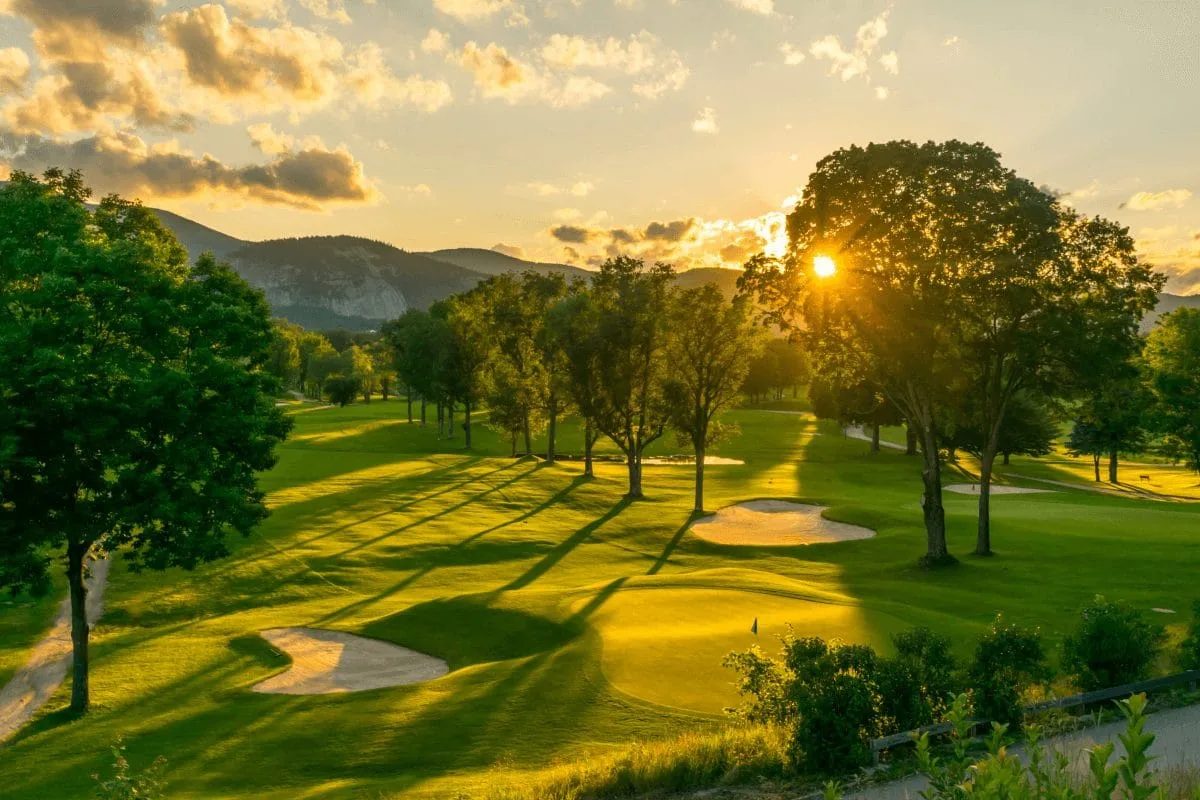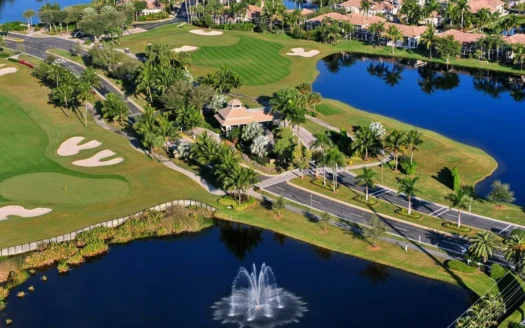Your Comprehensive Guide to Golf Course Design: Architecture, Process & Innovations
Designed a golf course, like any true golfer knows, is more than just picking a place and setting up some tees. This process requires a blend of art and science to correctly balance a course that is both beautiful and challenging while also seamlessly integrating with the surrounding nature.
Design Process
Grass & Turf
Selecting the proper grass and turf is a fundamental step of golf course design with different grasses performing better in various climates and soil conditions, which impacts the playability and maintenance of the course. Cool-season grasses like Bentgrass and Fescue are ideal for temperate climates while grasses such as Bermuda and Zoysia thrive in warmer regions. This choice can affect everything from the speed and consistency of the greens to the durability of the fairways and roughs.
Layout & Routing
The layout and routing are defined by where and how the holes and obstacles are laid out and how players must navigate the course. Those designing the courses aim to create interesting and challenging holes while seamlessly integrating the terrain as to minimize the environmental impact. Effective layout routing enhancing the golfers experience by providing a variety of lengths between holes, orientations and strategic obstacles.
Optimal Flow
Optimal flow refers to the smooth progression of players through the course, minimizing bottlenecks and wait times. Placing trees, greens, water and fairways in key points maintain a stead pace of play. Additionally, integrating rest areas, snack bars and restrooms along the course can enhance the overall experience.
Tee Placements
The placement of tees has to accommodate golfers of all skill levels, making this strategy one of the most meticulous steps of all. Multiple tee boxes at varying distances allow players to choose the challenge that best suits their ability. Properly spaced tees ensure that the course remains fair and enjoyable, which will preventing longer hitters from overwhelming shorter courses and giving beginners a more approachable starting point
Bunkers
Bunkers are an essential element of golf course design, serving as both strategic obstacles and adding to the overall aesthetic of the course. These sandy elements can be placed to challenge players’ drives, approach shots or around greens to test short game skills. The design and placement of bunkers should balance difficulty with playability, ensuring they are fair while penalizing bad shots.
Landscaping
The landscaping, perhaps the most important factor, enhances the visual appeal of the course and plays a role in its maintenance and environmental impact. Native plants and trees can provide shade, protection against wind and the wildlife habitat while also reducing water usage and costs. Golf course landscaping should complement the natural surroundings and contribute to the course’s overall theme and character.
Design Types
Parkland Courses
Parkland courses are typically set up in lush, wooded areas with manicured fairways in between. These courses emphasize the strategic play of golf with their tree-lined fairways, water hazards and bunkers. The design of these courses often prioritizes scenery for the golfers with rolling landscapes and picturesque views making an even more enjoyable golfing experience.
Link Courses
Links courses are typically found in coastal areas with more sandy soil and natural dune topography. Characterized by their firm, fast fairways, deep bunkers and oftentimes windy conditions, these courses are designed to integrate the natural terrains, making them more challenging and demanding more creative strategy and shot-making.
Mountain Courses
Mountain courses provide stunning views and elevation changes, adding both charm and challenges to these courses. The rugged terrains and uphill/downhills dictate the layout, which frequently results in a more physically demanding course that tests a player’s ability to adapt to uneven lines and changing conditions.
Desert Courses
Desert courses are naturally characterized by the arid landscapes and use of desert vegetation. Water conservation needs critical consideration, requiring designers to incorporate drought-resistant plants and efficient irrigation systems in order to prevent flooding and other issues. These courses typically feature wide fairways bordered by sand and rock formations.
Virtual Reality Courses
Virtual Reality (VR) courses are the latest step in golf course innovation. These digital courses allow players to play from any location to experience golfing with a variety of virtual landscapes and challenges. VR courses can also be used for training, as well as entertainment and design projects by allowing players to visualize and modify layouts in a controlled space.


